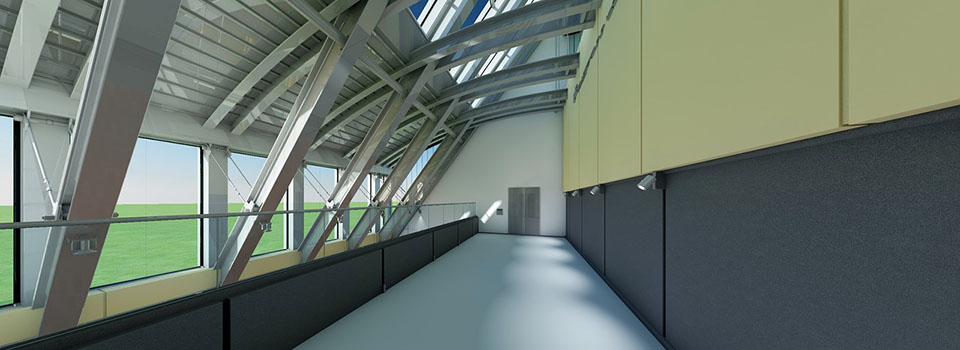
Contemporary architecture in Germany – especially in the public perception – is shaped by a number of well-known, internationally active architects (“star architects”). These companies receive many commissions for large projects and prestigious buildings. Even German architects often work around the world today.
Demarcating architecture in Germany for the rest of the world is now often not possible; the development of architecture often takes place only in a global context. This global interchangeability and uniformity of modern architecture is often criticized. German architectural offices manage large-scale urban development projects (e.g. Albert Speer & Partner in the People’s Republic of China, Ingenhoven Architects in Ireland). On the other hand, offices from abroad implement projects in Germany, often in cooperation with local offices. For example, the Swiss Herzog & de Meuron designed the Alliance Arena in Munich and the Elbphilharmonie in Hamburg or Zaha Hadid in the phæno science museum in Wolfsburg (2005).
Various global trends in architecture can now be observed. From deconstructivism has developed an increase in the use of computers in the design phase, a kind of neo-expressionism. The result is individual sculptural structures designed to give artistic expression to their contents and, in part, to the building itself. Examples include the extension of the Jewish Museum in Berlin by Daniel Libeskind or the Frank O. Gehry buildings in the so-called “Media Harbor” in Düsseldorf.
As a counterpoint to the deconstructivist or expressive world of forms there is minimalism, its buildings deliberately designed in a sparse and abbreviated formal language, as can be seen in the buildings of Tadao Ando, for example: the conference center for Vitra in Weil am Rhein and the art and exhibition building of the Long Foundation near Neuss.
The stream of technologically oriented, new functionalism is represented, for example, by Norman Foster, as can be seen in the dome of the Reichstag building in Berlin or the Commerzbank Tower in Frankfurt am Main. Above all, it is a building that is planned in terms of “ecological construction” and is designed to save resources from design to technical equipment. This construction as well as the “sustainable building” (e.g. Anna Heringer) are among the trend-setting, if not style-defining developments on the German architectural scene. Not least because of the high technical standards in the construction industry, Germany is considered a pioneer in terms of “ecological” architecture. Using new technologies and materials, energy-efficient structures such as so-called passive houses or “solar homes” (see “Solar Architecture”) are being developed. The use of regional and natural building materials is also becoming increasingly important in this context, e.g. B. natural stones such as sandstone, lime paint, clay/clay, brick, slate, wood and wood.
Increasingly public discussion of architecture and urban planning today means that committed citizens as well as prominent stakeholders are influencing structural decisions. For example, thanks to the use of non-profit organizations and the expenditure of several prominent people (including television host Günter Jauch, SAP founder Hasso Plattner) instead of the modern Brandenburg State Parliament building to ensure the reconstruction of the historic Potsdam City Palace. The castle was rebuilt in a slightly different cubist shape and with baroque facades in its original location.
Thus, the reconstruction of buildings destroyed or ruined during the war is another trend in German building culture that is increasingly affecting the entire Federal Republic. The most famous reconstruction of recent years is undoubtedly the Baroque Dresden Frauenkirche (2005) with its surrounding Neumark. Other current examples include the Berlin City Palace, the Potsdam Center with the City Palace, the Barberini Court and the Garrison Church, and part of the Old Town of Frankfurt (Dom-Römer-Project). Other projects are being considered or planned throughout the country to restore war and devastating wounds and repair urban landscapes.